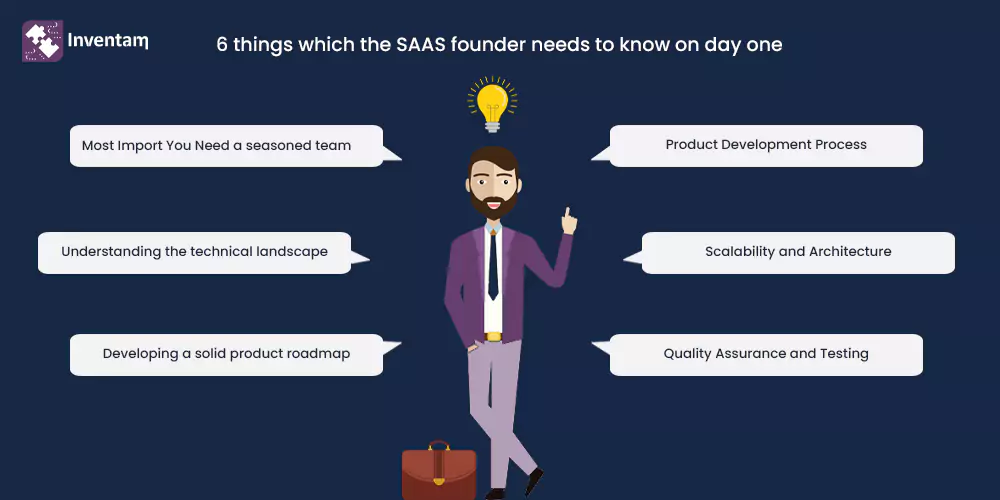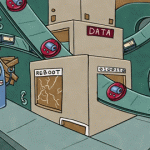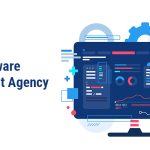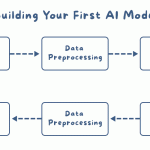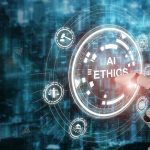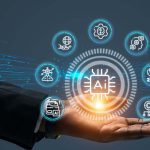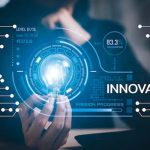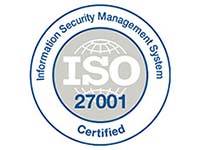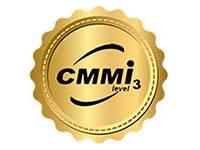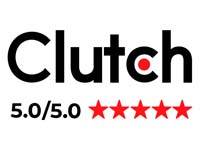Writing code and building regular web applications to resolve the current problem, it’s different from building a SAAS Application.
SAAS is its own animal and comes with different types of challenges, Here I would like to share 6 things which the founder needs to know on Day One purely from an engineering perspective.
- Most Import You Need a seasoned team: Building a SaaS product requires a team that has expertise in various areas such as software architecture, cloud computing, security, and scalability. It’s not just about creating a website or an application but developing a product that can handle a large volume of users and data while ensuring a seamless user experience. A seasoned team can help you navigate the complexities of building a SaaS product and provide you with the guidance and support you need to create a successful and sustainable product. At Inventam we are making sure that a seasoned team assigns to any client project.
- Understanding the technical landscape: The founder needs to have a thorough understanding of the technical landscape they are entering. This includes knowledge of the relevant technologies, tools, and platforms.
- Developing a solid product roadmap: As the founder, you should have a clear technical vision for your product or service. Define your goals and objectives, and outline a roadmap for achieving them. , This will help guide your engineering team’s efforts and ensure everyone is aligned towards a common goal.
- Product Development Process: Establishing an effective product development process is vital. This includes defining milestones, setting realistic timelines, and implementing agile methodologies for iterative development. Encourage regular communication and feedback loops to ensure efficient coordination between engineering, design, and other relevant teams.
- Scalability and Architecture: Consider the long-term scalability and robustness of your product’s architecture. Anticipate future growth and design scalable systems that can handle increasing user demands. Invest in reliable infrastructure, cloud services, and tools that support scalability, security, and performance.
- Quality Assurance and Testing: Quality assurance is crucial to delivering a reliable and bug-free product. Implement robust testing processes, including unit testi ng, integration testing, and user acceptance testing. Prioritize automated testing frameworks to streamline the testing process and ensure consistent quality throughout the development lifecycle.
Remember, these points provide a high-level overview, and the specifics will depend on your industry, product, and technology stack.
If you want to find out more please schedule a call with us.

